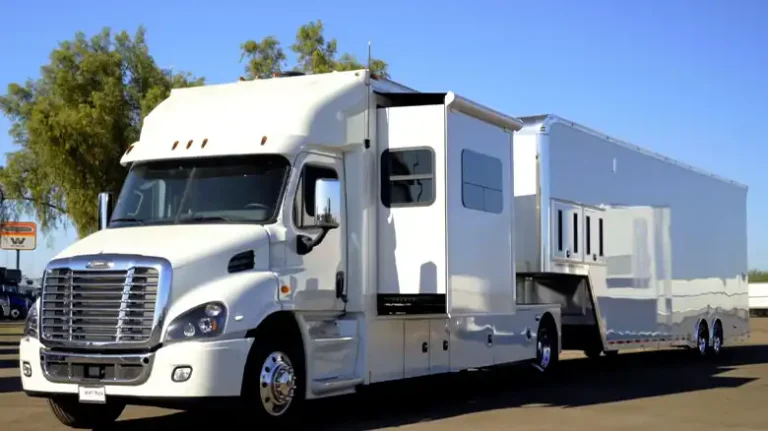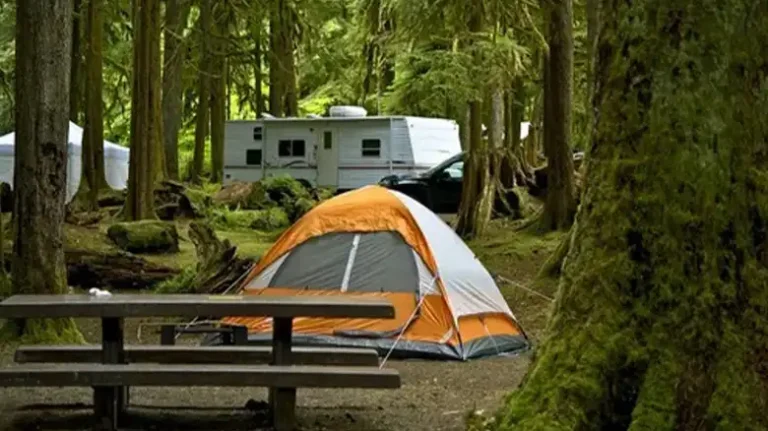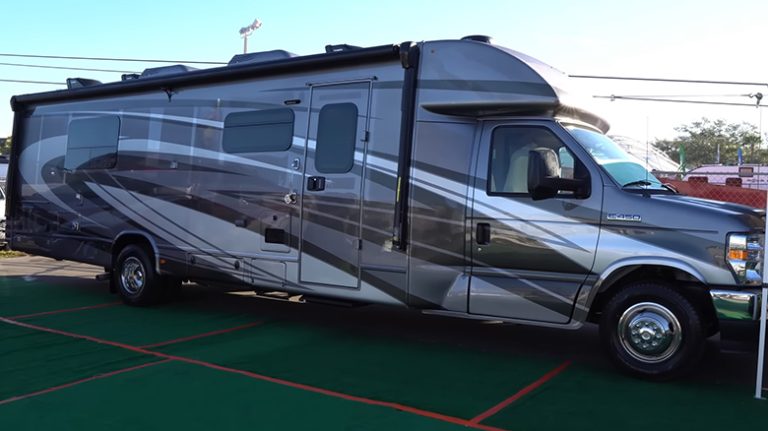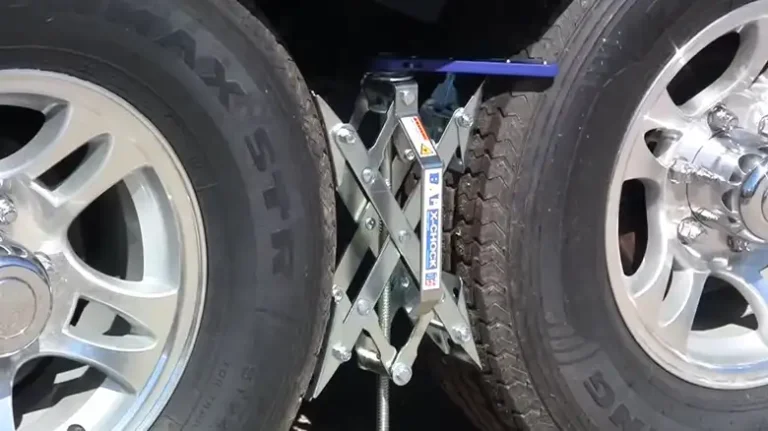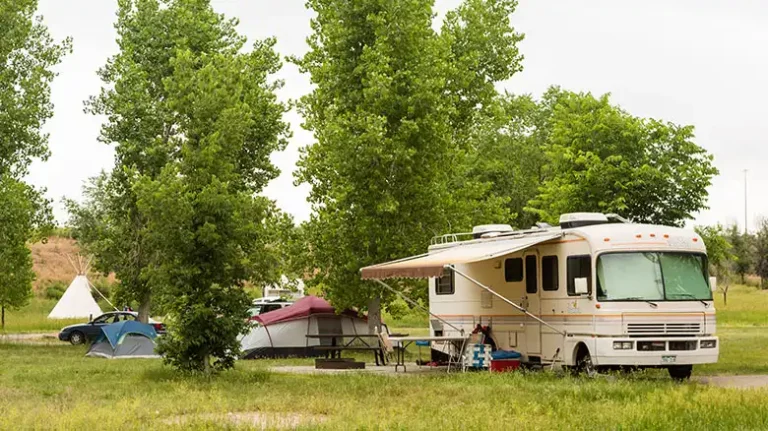How Many Gallons (Water and Fuel) Does a RV Hold? RV Tank Capacity
When traveling in your RV, have you ever wondered how much water remains for showering or how far you can venture before refueling? RVs have fresh, gray, and black water tanks plus fuel capacity. Understanding your tank sizes is key for off-grid camping, as running out of necessities miles from civilization turns adventure into crisis.
Tank capacities vary widely based on RV type and model. Smaller vessels require more frequent filling and dumping, while spacious coaches allow longer boondocking stretches but at lower miles per gallon. Evaluating your travel style and group size helps determine if your current RV’s tankage suits your needs or if customizing could assist.
Carefully monitoring tank levels provides peace of mind that water won’t unexpectedly run dry or fuel gauges hit empty. We’ll explore typical tank sizes plus options to expand capacities for extended off-grid excursions. With insight and preparation, self-contained RV living grants travelers the comfort and freedom to journey farther.
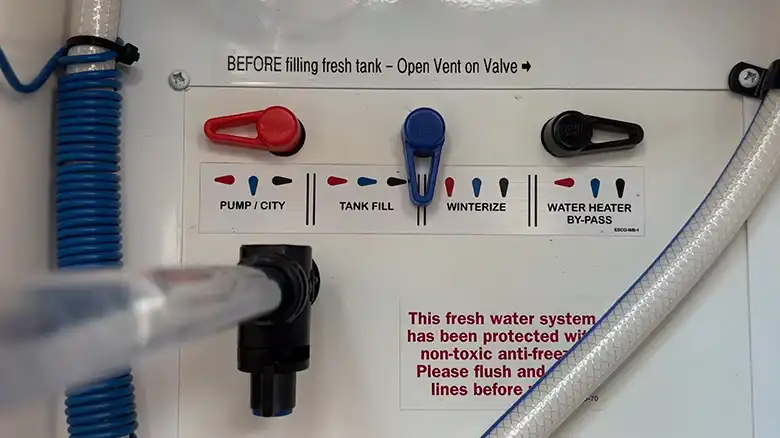
How Many Gallons Does RV Water Tank Hold
An RV has three separate water tanks – fresh, gray, and black, that each serves a distinct purpose.
In an RV, fresh, gray, and black water tanks serve distinct purposes. Here’s a brief explanation of each:
Fresh Water Tank
Purpose: The freshwater tank stores clean, potable water for use in your RV’s plumbing system.
Usage: Fresh water is used for drinking, cooking, showering, washing dishes, and flushing the toilet.
Refilling: You fill the fresh water tank at designated water sources, such as campgrounds or water stations. Sizes typically range from 25 to 100 gallons depending on RV type. Class A motorhomes average 75-100 gallons, while travel trailers are around 40-50 gallons.
Gray Water Tank
- Purpose: The gray water tank collects wastewater from sinks, showers, and appliances, excluding the toilet.
- Usage: Water from activities like washing dishes and taking showers is stored in the gray water tank.
- Consideration: Some RVs have a separate gray water tank for the kitchen and another for the bathroom. It holds 30-90 gallons depending on RV size.
Black Water Tank
- Purpose: The black water tank holds human waste and toilet paper from the RV’s toilet.
- Usage: It is solely for toilet waste disposal. The black tank stores sewage waste from the toilet at 15-40 gallon capacity.
- Dumping: Black water tanks require specialized dumping at designated RV dump stations or facilities.
Understanding and managing these tanks is crucial for maintaining a comfortable and sanitary living environment in your RV. Regular maintenance and responsible usage ensure a smooth and enjoyable travel experience.
What are the Typical Water Tank Sizes by RV Class
A Table of Water Tank Sizes for Different RV Classes:
| RV Class | Fresh Water Tank (gallons) | Gray Water Tank (gallons) | Black Water Tank (gallons) |
| Class A | 75 – 100 | 60 – 90 | 40 – 50 |
| Class B | 20 – 30 | 15 – 25 | 10 – 20 |
| Class C | 30 – 50 | 30 – 40 | 20 – 35 |
| Travel Trailer | 40 – 50 | 30 – 40 | 20 – 40 |
Understanding your RV’s class is essential for estimating its water capacity, allowing for better trip planning.
Determining your RV’s Capacities
Check your owner’s manual for tank sizes, it’s vital to assess your RV’s water capacities. Knowing the specific tank sizes enables you to plan trips more effectively, ensuring a sufficient water supply for your group’s needs. Gauges on the control panel also show fill levels. Perform several test fills to compare actual gallons utilized against tank ratings. This reveals true capacities, which may be lower than stated.
Assessing Water Needs for Your Group and Trip Plans
Consider the size of your travel group and the duration of your trip when determining water needs. A larger group and longer journeys will require larger tank capacities. Additionally, if you plan to boondock or dry camp, you’ll need to factor in water conservation practices.
How to Increase RV Water Tank Capacity
Increasing the water tank capacity in an RV involves some modifications and considerations. Here are the general steps you need to follow:
Assess the Space: Before making any modifications, evaluate the available space in your RV to determine if there’s room for a larger water tank. Consider the weight distribution and ensure that adding more water won’t affect the RV’s balance.
Upgrade the Existing Tank or Add a Second Tank: Depending on your RV’s design, you may have the option to upgrade the existing water tank or add a second one. Consult your RV’s manual or a professional to understand the specific requirements and limitations.
Select a Larger Tank: If upgrading or adding a second tank is feasible, choose a larger tank that fits within the available space. Ensure that the tank is compatible with your RV’s plumbing system and that it meets safety standards.
Install the New Tank: Carefully install the new tank or tanks in the designated space. This may involve securing the tank, connecting it to the plumbing system, and ensuring all fittings are tight and leak-free. It’s advisable to have a professional RV technician perform the installation.
Upgrade Plumbing and Hoses: If the existing plumbing and hoses are not sufficient for the increased water flow, consider upgrading them to handle the higher capacity. Use materials that are safe for drinking water and compatible with the RV system.
Adjust Venting and Overflow Systems: The venting and overflow systems in your RV are designed for a specific tank capacity. When increasing the tank size, ensure that these systems can handle the additional capacity. Adjust or upgrade them as needed.
Check Weight Distribution: Adding more water to your RV will increase its weight. Verify that the weight distribution is still within safe limits to avoid affecting the handling and stability of the RV. Consider consulting with a professional to ensure proper weight distribution.
Test for Leaks: After the installation, thoroughly test the system for leaks. Fill the tank with water and check all connections, fittings, and hoses for any signs of leaks. Address any issues promptly to prevent water damage and waste.
Update Monitoring Systems: If your RV has a monitoring system for water levels, update it to accurately reflect the increased capacity. This ensures that you have an accurate gauge of your water levels while on the road.
Adhere to Safety and Regulatory Standards: Ensure that all modifications comply with safety and regulatory standards. This includes the type of materials used, installation procedures, and overall adherence to RV safety guidelines.
Remember, these steps may vary depending on your specific RV model and design. Always refer to your RV’s manual and, if necessary, consult with a professional RV technician for guidance and assistance.
Additional Water Conservation Tips for Long Trips
Let’s keep it concise:
Fix Leaks quickly:
- Regularly inspect for leaks and water damage.
- Carry basic plumbing repair supplies.
- Use a water pressure regulator to prevent leaks.
Use Water-Saving Appliances:
- Install low-flow faucets and showerheads.
- Upgrade to water-efficient toilets.
- Choose energy-efficient dishwashers and washing machines.
Collect and Reuse Gray Water:
- Install a gray water collection system.
- Use biodegradable soaps to make gray water reusable.
- Educate RV occupants on responsible gray water usage.
How Many Gallons Does RV Fuel Tank Hold
It’s important to know your RV’s fuel capacity to prevent unexpectedly running out. Motorhomes have larger integrated gas tanks than towables.
Typical Fuel Tank Sizes and Ranges for Different Class RVs
Table of Fuel Tank Sizes for Different RV Classes:
| RV Class | Fuel Tank Capacity (gallons) | Approximate Range (miles) |
| Class A | 80 – 150 | 800-1200 |
| Class B | 20 – 40 | 200 – 400 |
| Class C | 25 – 55 | 250 – 550 |
| Travel Trailer | Not Applicable | Not Applicable |
Understanding your RV’s fuel capacity is vital for planning long-distance journeys.
Auxiliary Fuel Tanks to Increase Range
For those seeking extended-range capabilities, auxiliary fuel tanks can be added. This is especially useful for remote destinations where fuel stations may be scarce.
Determining if Extra Capacity is Needed
Consider factors like travel distance, destination remoteness, and personal preferences when deciding whether additional fuel capacity is necessary.
How Much Does it Cost in Gas to Drive an RV?
Understanding the fuel costs associated with RV travel is crucial for budgeting. Fuel consumption varies by RV class, and adopting fuel-efficient practices can contribute to cost savings.
The Cost of Gas for Different Class RV: Fuel costs are influenced by the RV class and the miles per gallon (MPG) it achieves. Class A RVs generally have lower MPG than Class B or C, impacting overall fuel expenses.
RV Type – Class A (6-12 mpg), Class B (12-18 mpg), Class C (10-15 mpg)
How to Increase RV Fuel Economy
Weight- Heavier models have worse fuel economy. Light loading for better MPG
Driving Style- Aggressive accelerating and braking reduces mpg. Maintain optimal tire pressure
Speed- Choose efficient driving speeds. Optimal mpg occurs between 45-60 mph
Terrain- Mountainous areas lower fuel efficiency. Plan routes to minimize elevation changes.
What If Increasing Tank Capacity is Not an Option
In situations where increasing tank capacity is impractical, there are alternative strategies to optimize your RV experience.
More Frequent Dumping and Filling
Planning your route around areas with dump stations allows for more frequent tank maintenance.
Choosing Destinations with Hookup Sites
Opting for campgrounds with hookup sites ensures a constant water and power supply, reducing the reliance on your RV’s tanks.
Focusing on Dry Camping Instead of Boondocking
Dry camping, where some amenities like water and electricity may be available, is a middle ground between full hookups and boondocking.
People Also Ask (PAA)
Q1. How long does it take to fill up a black water tank?
A1: On average, 5-7 uses of the RV toilet completely fill the black tank, though the actual number can vary greatly depending on tank size and toilet flush efficiency. Expect to empty the tank every 3-4 days for a family of four.
Q2. How long does the gray and black water tank last?
A2. Depending on tank capacities, water usage, and number of occupants, the gray tank may need dumping every 4-5 days, while the black tank lasts 3-4 days typically before reaching capacity. Stretch durations by conserving water and using campground facilities.
Q3. How to check the water tank levels?
A3. The RV control panel displays water tank levels showing percent full metrics. Tank monitors may inaccurately read “full” when only 90% capacity is reached, so test by adding a known amount of water to better understand true capacities. Gauges only reveal approx. levels – inspecting the tank interior directly is the most accurate.
Q4. What is the ideal water tank size for a family of four?
A4. For a family of four, a good rule of thumb is to have a freshwater tank size of at least 50-60 gallons, a gray water tank of 40-45 gallons, and a black water tank size of 30-35 gallons. This capacity allows for several days of usage before needing to dump and refill.
Q5. How can I monitor all tank levels accurately?
A5. Supplement existing tank monitors with secondary gauges for each tank. Measure water amounts when filling and emptying to correlate with gauge readings. Check tank sensors yearly and clean mineral build-up.
Bottom Line
For comfortable RV living, analyze water, waste, and fuel capacities compared to your travel plans to determine if tank customization upgrades may help. With tank levels accurately monitored and replenishment needs properly planned for, RV travelers gain the freedom to joyously venture off-grid.

